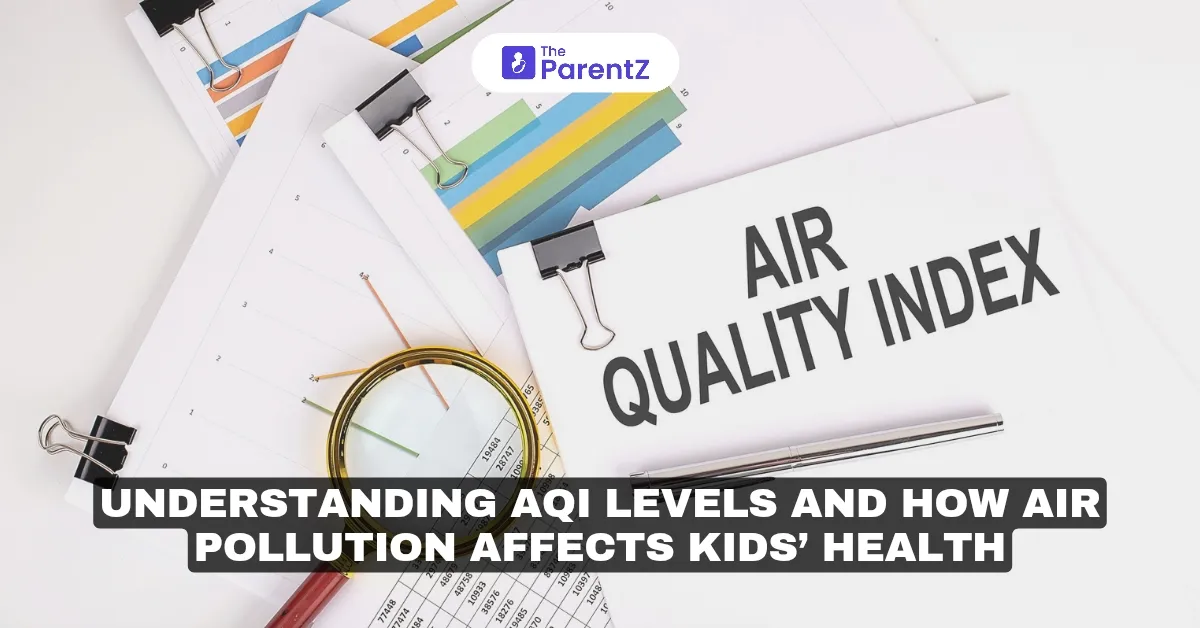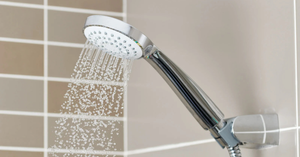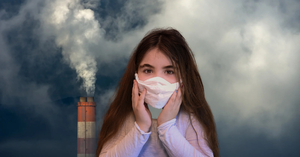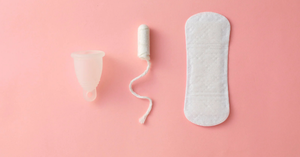The Air Quality Index (AQI) is a system used to measure the quality of air and its effects on human health. It provides a way to track pollution levels in the air, helping individuals understand how outdoor air may affect their health. This is especially important for children, as they are more vulnerable to air pollution due to their developing bodies and respiratory systems. Poor air quality can lead to breathing difficulties, allergies, and long-term health issues for kids.
What is AQI and How Does It Work?
The AQI measures the concentration of various pollutants in the air, including ozone, particulate matter (PM10 and PM2.5), carbon monoxide, sulfur dioxide, and nitrogen dioxide. It is calculated using these pollutants’ levels and presented on a scale of 0 to 500. Higher AQI numbers indicate more pollution, while lower numbers suggest cleaner air.
Each AQI level corresponds to a color code and provides a specific message regarding the air quality and its impact on health:
AQI Levels and Their Impact on Kids
• 0-50 (Good): Air quality is considered safe for everyone, including children. There are no health risks associated with outdoor activities.
• 51-100 (Moderate): The air quality is acceptable, but sensitive individuals (such as children with asthma) may experience minor health effects. Most kids won’t have any issues, but it’s advisable for children with pre-existing respiratory conditions to be cautious.
• 101-150 (Unhealthy for Sensitive Groups): Children with asthma, allergies, or other respiratory conditions may experience health problems such as coughing, wheezing, or shortness of breath. Healthy children can generally tolerate this level of air quality but may still feel minor symptoms like irritation in the eyes or throat.
• 151-200 (Unhealthy): At this level, everyone may begin to experience health issues. Children may develop irritation in the eyes, nose, and throat, along with coughing or difficulty breathing. It is recommended that children limit outdoor activities.
• 201-300 (Very Unhealthy): This is a serious level of pollution. Children are at high risk for more severe health effects, such as asthma flare-ups, chest tightness, and prolonged coughing. Outdoor activities should be avoided, and it’s important to keep children indoors with proper ventilation.
• 301+ (Hazardous): Air quality is extremely poor, and everyone is at risk for serious health issues. Children should stay indoors at all times, with air purifiers running to improve indoor air quality. This is a dangerous level of pollution for everyone, especially children and those with pre-existing conditions.
Health Problems in Kids Due to Poor AQI
Poor air quality can have immediate and long-term effects on children’s health. Kids are especially vulnerable due to their smaller airways, faster breathing rate, and developing immune systems. Here are some of the key health problems that poor air quality can cause for children:
Breathing Difficulties
Pollutants like particulate matter (PM2.5 and PM10) and ozone can irritate the lungs, leading to increased asthma attacks, wheezing, and difficulty breathing. Children with asthma or other respiratory conditions are particularly at risk for these issues.
Higher Risk of Infections
Poor air quality can weaken the immune system, making children more susceptible to respiratory infections like colds, bronchitis, and pneumonia. The irritation caused by pollutants also makes it easier for bacteria and viruses to enter the lungs.
Allergic Reactions
Pollution can trigger or worsen allergies in children, leading to symptoms like a runny nose, sore throat, and itchy eyes. Airborne pollutants like pollen and mold spores can exacerbate allergic rhinitis (hay fever) and other allergy-related conditions.
Developmental Concerns
Long-term exposure to polluted air can affect lung growth and development. Children who grow up in areas with high levels of pollution may have decreased lung function, which can lead to chronic respiratory problems later in life.
Fatigue and Reduced Focus
Poor air quality can also reduce oxygen levels in the blood, causing tiredness and a lack of energy. This can affect a child’s ability to concentrate, leading to difficulties in school or at home.
How to Protect Kids from Poor Air Quality
As a parent, there are several steps you can take to protect your child from the harmful effects of poor air quality. Monitoring the AQI and being proactive in reducing your child’s exposure to pollution is key. Here are some helpful tips:
1. Monitor the AQI Regularly
Check the AQI levels in your area daily, especially if you live in a region with frequent pollution or during certain seasons (e.g., wildfire season). There are many websites and apps available that provide real-time AQI information, such as the AirNow website.
2. Limit Outdoor Activities
On days when the AQI is above 100 (unhealthy for sensitive groups), try to keep children indoors as much as possible. If outdoor activities are necessary, avoid high-exertion activities like running or biking. Opt for indoor play or learning activities instead.
3. Use Air Purifiers Indoors
Air purifiers can significantly improve indoor air quality by removing pollutants and allergens from the air. Look for air purifiers with HEPA filters, which are effective at capturing small particles like PM2.5.
4. Keep Windows Closed
During high-pollution days, keep windows and doors closed to prevent outdoor pollutants from entering your home. Use air conditioning if necessary, but ensure the filter is clean and functioning properly.
5. Create a Safe Space with Clean Air
If possible, create a dedicated space in the home with clean air where your child can rest and play. This can help them avoid breathing in pollutants for long periods.
6. Encourage Healthy Habits
Boost your child’s immune system by ensuring they get plenty of sleep, eat a balanced diet, and stay hydrated. Foods rich in antioxidants, like fruits and vegetables, can help protect their lungs from the harmful effects of pollution.
7. Use Masks for Older Children
For older children, consider using N95 masks when going outside on days with high pollution. These masks are designed to filter out harmful particles and can provide additional protection.
Conclusion
Air quality plays a critical role in children’s health, and poor AQI levels can have significant short-term and long-term effects on their respiratory health. By understanding the different AQI levels and their impact on kids, parents can take the necessary precautions to protect their children from the harmful effects of air pollution. Regularly monitoring the AQI, limiting outdoor exposure, and improving indoor air quality are essential steps in safeguarding your child’s well-being.








Be the first one to comment on this story.